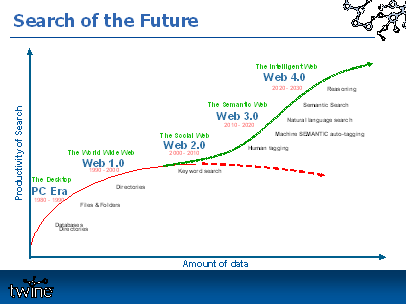Granularity & Semantic Trust
 Friday, March 28, 2008 at 3:00AM
Friday, March 28, 2008 at 3:00AM I have received, and continue to receive, some quizzical looks and comments when I speak about Common Point Authoring in terms of granularity or granular information ownership.
Here's a wonderful parable about granularity taken from an excerpt of Automated Trust Mechanisms and the One World Market by Greg FitzPatrick. This paper was submitted to XML Europe 2001.
"Granularity .... means the breaking up [of] ideas, processes, products and services into fragments. The makeup of a set of fragments is dynamic and aspectual to ever-changing utility and circumstance. Each set represents new and unique combinations. The backside of granularity is complexity and the costs involved in extending distributed trust. Unlike Humpty-Dumpty, a granular set must be able to function as effectively as any pre-granular whole.
Imagine a group of children in a playroom. Each child has come to the room with a thousand pieces of their privately owned and highly valued collections of Lego. A teacher says to the children. "Put all your Lego pieces in the middle of the floor and build a great city." The children balk, since once the Lego is removed from their immediate possession, they can no longer identify it as their own. The teacher tells them," I will keep track of each piece and remember whose is whose. If the children trust the teacher's ability to do this they will begin to build.
To match their trust the teacher would need almost supernatural powers since Lego is known for the precision modularity of its product, mostly indistinguishable plastic blocks. The value of playing together and having so much Lego to build with is the value of the network, but the effort to maintain trust regarding individual ownership is the transaction cost.
End-to-end markets are capable of creating a considerable amount of complexity. Through Semantic trust they will admit a swarm of participants (fragments) into one and the same transaction. [....] The complexity is further exacerbated by the existence of exploratory negotiation. Agents trying to evaluate their participation in a deal would need the same transaction mechanisms as those of a firm deal. The trust mechanisms must be in place regardless."
The image of a teacher assuring these kids that they will get back 'their' exact Lego pieces is powerful.
Tim Berners-Lee in addressing XML 2000 is said to have described the Semantic test for such trust as being that "... which is passed if, when you give data to a machine, it will do the right thing with it".


